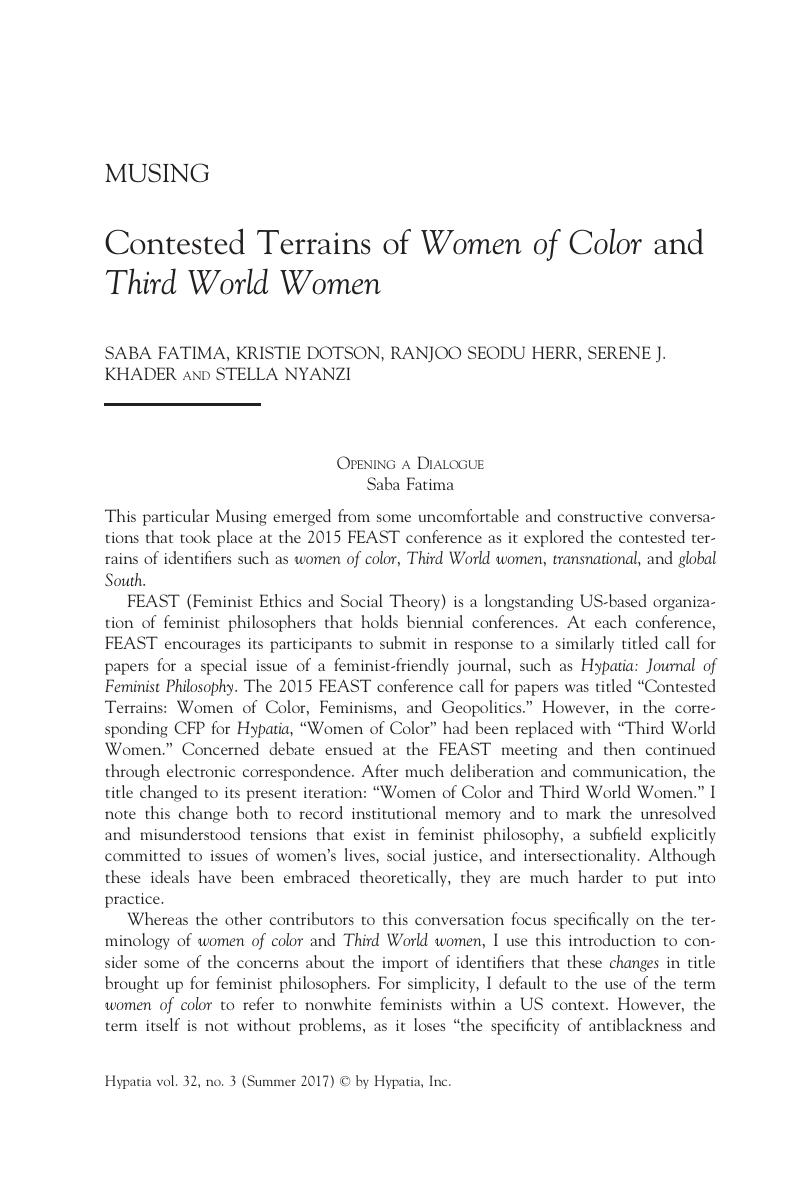Crossref Citations
This article has been cited by the following publications. This list is generated based on data provided by Crossref.
LaPan, Chantell
Morais, Duarte B.
Wallace, Tim
Barbieri, Carla
and
Floyd, Myron F.
2022.
Gender, work, and tourism in the Guatemalan Highlands.
Journal of Sustainable Tourism,
Vol. 30,
Issue. 12,
p.
2839.





